This month I had a chat with Tony Kuyper, photographer, and creator of the Luminosity Masks. The first and great popularizer of this technique, which thanks to his passion and constant research, is now very widespread in the world of photography.
Tell me something about you. Since how long you dedicate yourself to photography? What is the genre that you prefer?
I first started taking pictures seriously when I moved to the Colorado Plateau in 1983. That landscape is very beautiful, as you know, and was largely undiscovered when I moved there. Back then, I could drive three hours to Zion National Park on a Friday night after work and still find an empty campsite. I’d often spend weekends camping and taking pictures. I used a 35-mm camera at first, but switched and did large-format black and white for a number of years. Eventually, I came back to a 35-mm color when I got tired of carrying the 4×5 gear. Plus, Photoshop and digital photography were starting to take off and this greatly simplified the whole process. But I’m still glad for all the time I spent in my home darkroom. That was so helpful. It made me understand how to manipulate light AFTER the picture was taken. Photoshop was a natural extension of the darkroom, just less mess.
I was very impressed years ago when I first read your “Introductory guide to luminosity masks”. How, when and why you started your research?
I was introduced to the concept of luminosity masks in a spam email and did have to research the basic concept, but I was already deep into what masks could do in Photoshop at that time. I quickly understood how to make and work with these pixel-based masks and realized they offered a perfect method for blending adjustments into images. I started making “ad hoc” luminosity masks by adding, subtracting, and intersecting different ones until I got something that worked for my image. My photos started to improve as a result.
When I decided to write a tutorial about these masks, I had to have an orderly method for making them. That’s when I came up with the Lights, Darks, and Midtones series of masks to give folks a set of actions they could use. I thought it would be considered too geeky for most photographers, but it turns out I was wrong. These different series of masks are still the framework that supports many luminosity mask applications today.
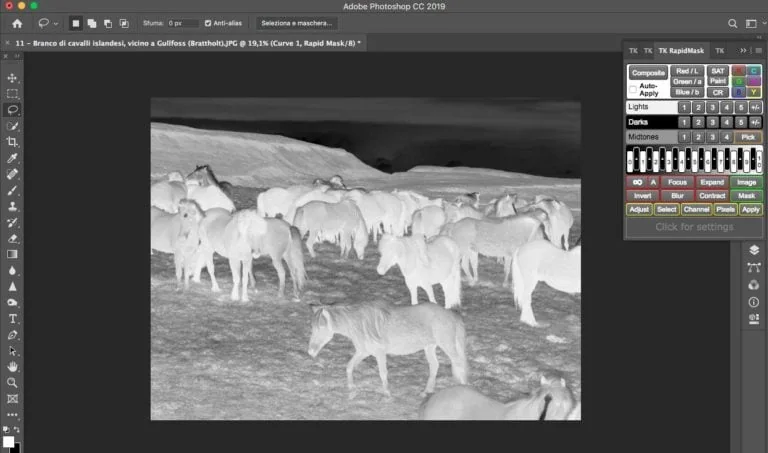
What types of photography are masks designed for?
While I’ve done primarily landscape photography, luminosity masks (and other pixel-based masks like color masks and saturation/vibrancy masks), work with any continuous-tone image. Landscape photographers seem to be the primary user, though. Probably because in nature photography we’re generally at the mercy of whatever light we’re given. Luminosity masks can be a very powerful method for transforming the original light. They offer a second chance to create something special, well beyond the original capture.
However, pixel-based masks can easily be adapted to any photographic subject or genre. It’s really just a matter of understanding the principle of building masks from pixel data instead of Photoshop’s selection tools. Once you do that, a whole new world of masking possibilities magically opens up.
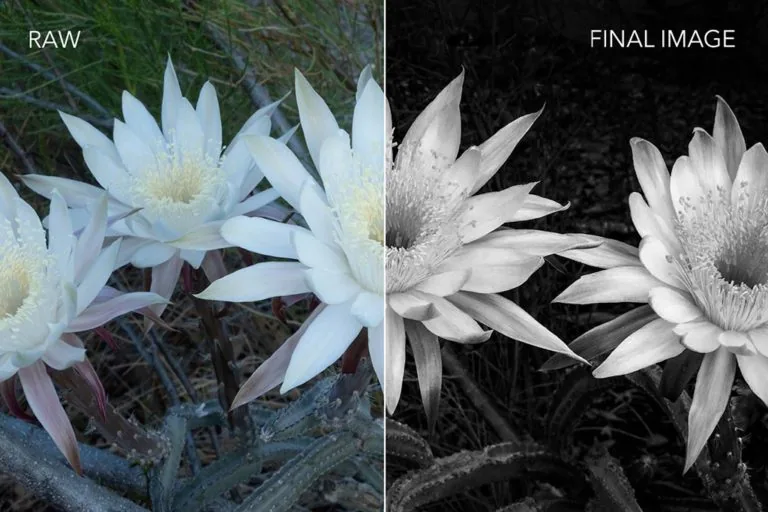
I see that your TK action panels are constantly updated. Will there be more news for 2020?
As I learn more about these masks and ways to build them I continue to share this knowledge in my blog and new interactions of my panel that generates the masks. I actually just updated the latest version, the TK7 panel, in September 2019 with infinity color masks. These are like luminosity masks except that pixel hue instead of pixel luminance is the starting point for building the masks. I’m finding some amazing things to do with them, things that luminosity masks can’t touch, and I’ve just started experimenting. It’s really a whole new dimension of masking!
Even though the original luminosity mask tutorial was written in 2006, I’ve never stopped exploring what’s possible and continue to learn new things. I certainly hope I have more to share in the future.
Tony Kuyper, photographer, and pioneer of the Luminosity Masks technique.


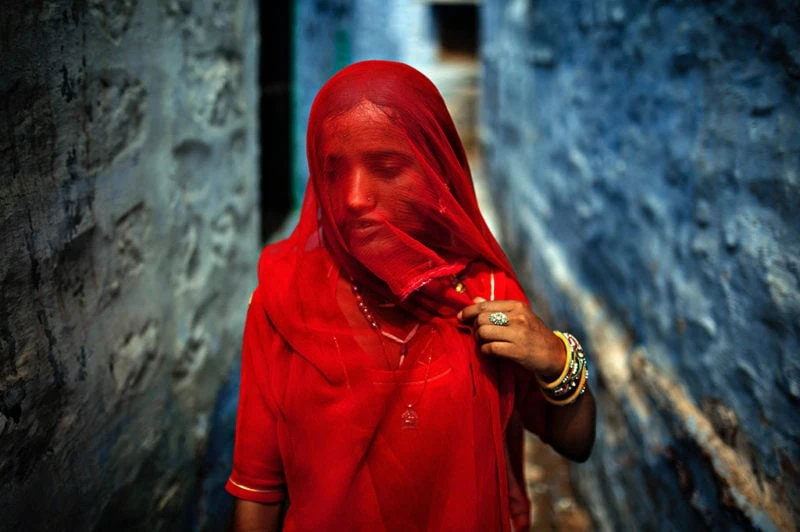
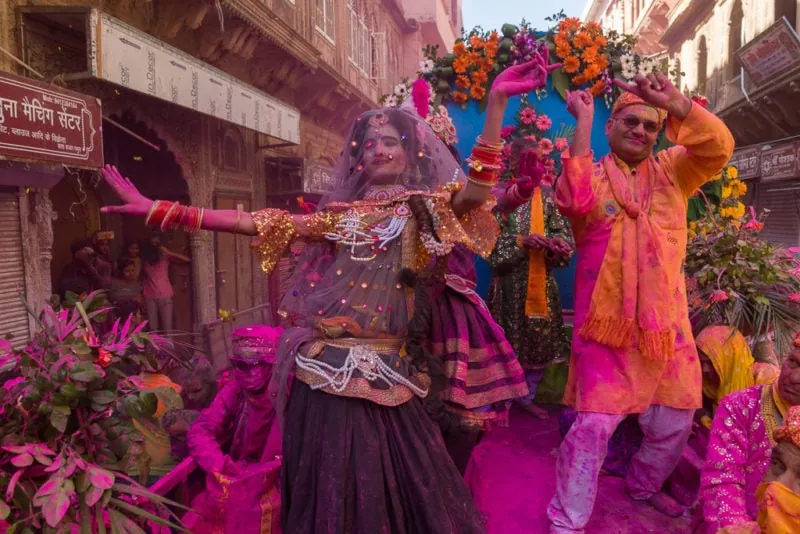
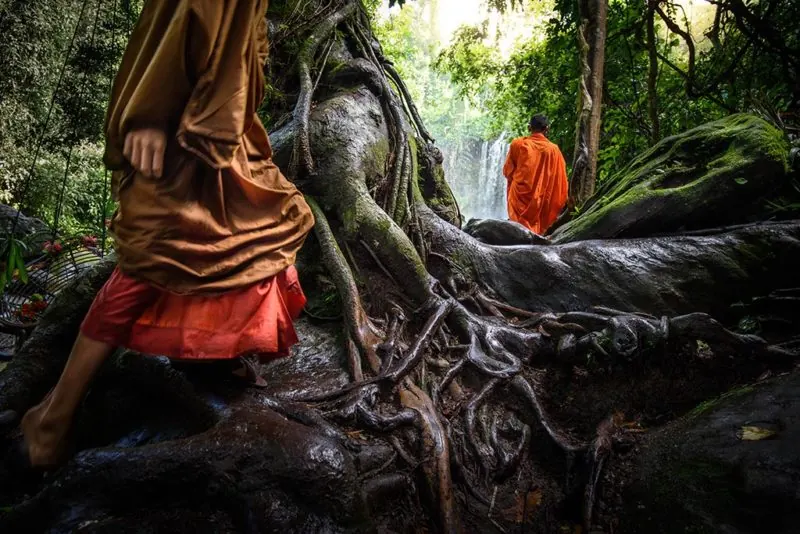

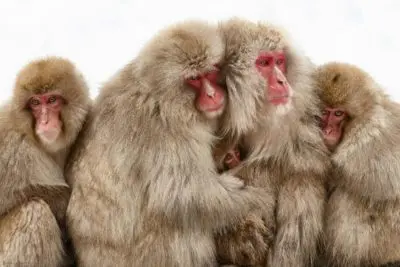
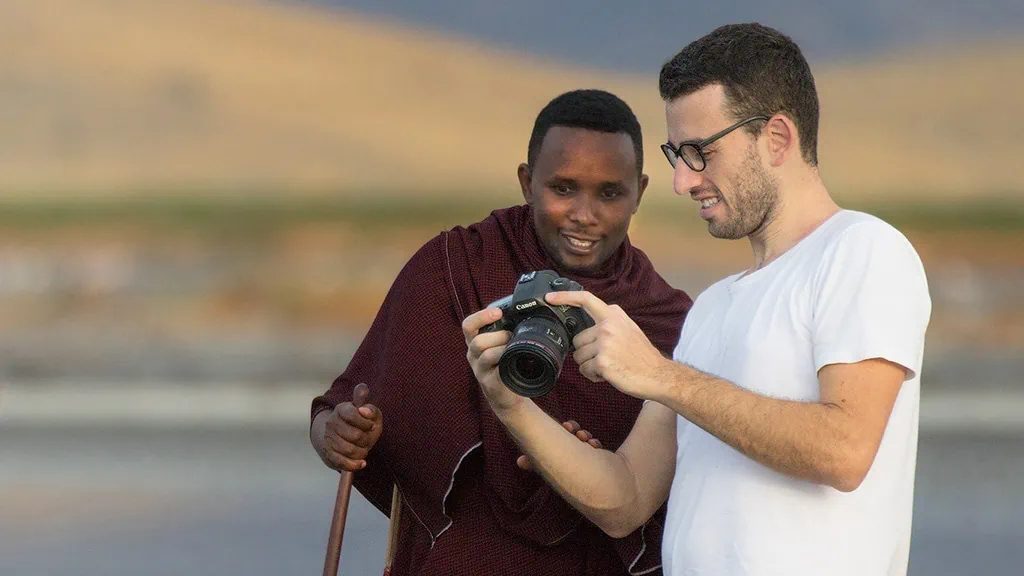
2 thoughts on “Interview with Tony Kuyper, creator of the TK Luminosity Masks”
As a Nature photographer I have been using Tony’s panel for a while now and I just wanted to say thank you for all the work and research he put into them. Tony, your luminosity masks have given my photography a real boost!
I totally agree, the panels are a very powerful tool and there’s a lot of work behind it. Thanks for your contribution Astrid!